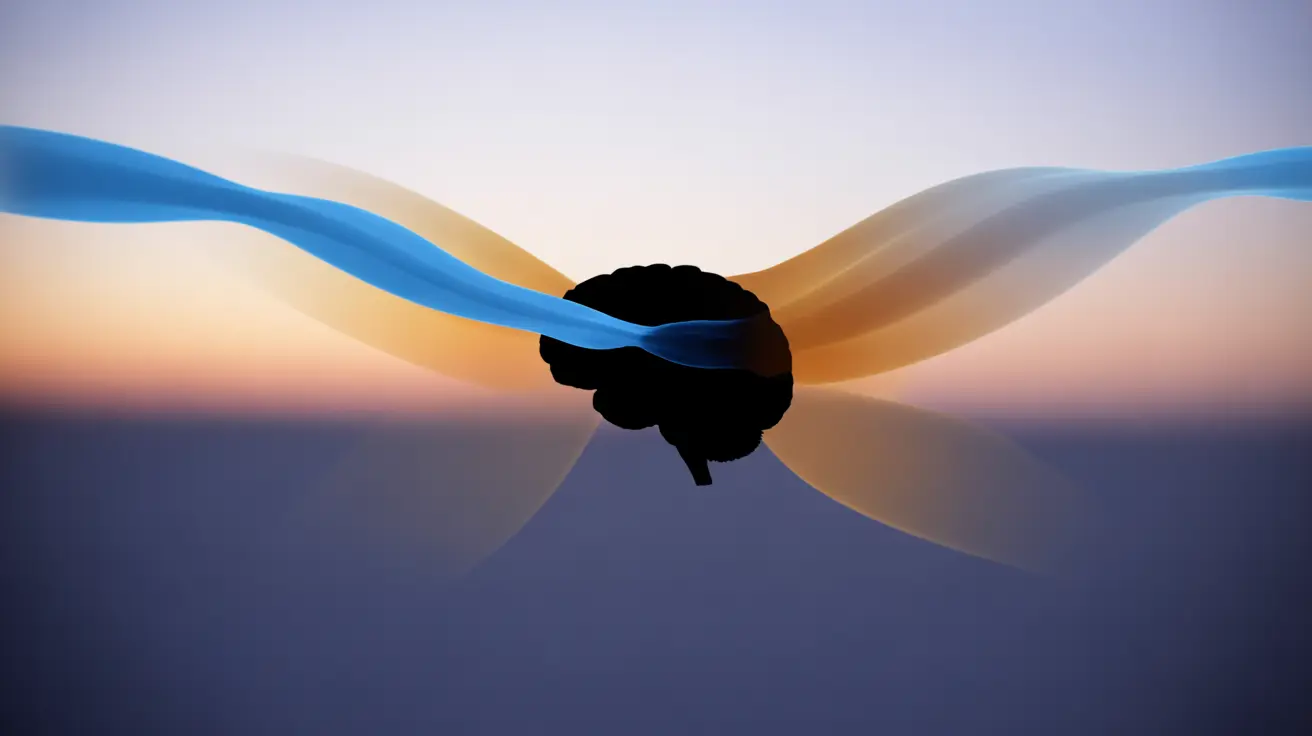In our increasingly digital world, understanding the relationship between blue light exposure and our sleep patterns has become crucial for maintaining optimal health. Blue light, a high-energy visible light emitted by screens and modern lighting, plays a significant role in regulating our natural sleep-wake cycle, also known as our circadian rhythm.
While blue light exposure can be beneficial during daylight hours, excessive exposure in the evening can disrupt our natural sleep patterns and affect our overall well-being. Let's explore the science behind blue light, its effects on our health, and practical solutions for managing exposure.
The Science Behind Blue Light and Sleep
Blue light wavelengths stimulate specific photoreceptors in our eyes that help regulate our internal biological clock. During daytime hours, this natural process helps maintain alertness and cognitive function. However, when we're exposed to blue light after sunset, it can interfere with our body's natural melatonin production, the hormone responsible for promoting sleep.
Sources of Blue Light in Modern Life
Many common devices and light sources in our daily environment emit blue light:
- LED and fluorescent lighting
- Smartphones and tablets
- Computer screens and laptops
- Television screens
- E-readers
- Gaming devices
Daytime Benefits of Blue Light
Despite concerns about evening exposure, blue light serves several important functions during daylight hours:
- Helps maintain alertness and attention
- Boosts mood and energy levels
- Supports memory and cognitive function
- Regulates natural circadian rhythm
- Aids in vitamin D production when combined with natural sunlight
Managing Evening Blue Light Exposure
Digital Device Strategies
Implementing these practical solutions can help reduce harmful evening blue light exposure:
- Use built-in night mode settings on devices
- Install blue light filtering apps
- Adjust screen brightness according to ambient lighting
- Follow the 20-20-20 rule: every 20 minutes, look at something 20 feet away for 20 seconds
Environmental Adjustments
Making changes to your home environment can significantly reduce blue light exposure:
- Switch to warm-colored LED bulbs for evening use
- Install dimmer switches to control light intensity
- Use amber or red night lights instead of white or blue ones
- Consider using blue light blocking window films
Blue Light Blocking Solutions
Various products are available to help minimize evening blue light exposure:
- Blue light blocking glasses
- Screen protectors with blue light filtering technology
- Smart bulbs that automatically adjust color temperature
- Blue light filtering software for computers
Frequently Asked Questions
How does blue light exposure affect my sleep and melatonin production?
Blue light exposure in the evening suppresses melatonin production, the hormone that regulates sleep. This can delay sleep onset, reduce sleep quality, and disrupt your natural circadian rhythm, making it harder to fall asleep and wake up naturally.
What are effective ways to reduce blue light exposure in the evening?
Key strategies include using blue light filtering apps or glasses, switching to warm-colored lighting, limiting screen time before bed, and enabling night mode on devices. Creating a consistent evening routine that reduces digital device use can also help significantly.
Do blue light blocking glasses really improve sleep quality and reduce eye strain?
Research suggests that blue light blocking glasses can be effective when worn in the evening hours. They can help reduce eye strain and improve sleep quality by limiting the amount of blue light reaching your eyes, especially when using digital devices.
What are the health benefits of blue light during daytime, and why is evening exposure harmful?
During the day, blue light helps maintain alertness, improves mood, and regulates our natural circadian rhythm. However, evening exposure can disrupt our biological clock because it mimics daylight, confusing our body's natural sleep-wake signals.
Which devices and household lights emit the most blue light that can disrupt my circadian rhythm?
LED screens from smartphones, tablets, and computers typically emit the most blue light, followed by LED and fluorescent lighting. Traditional incandescent bulbs and natural candlelight emit minimal blue light and are less disruptive to sleep patterns.




